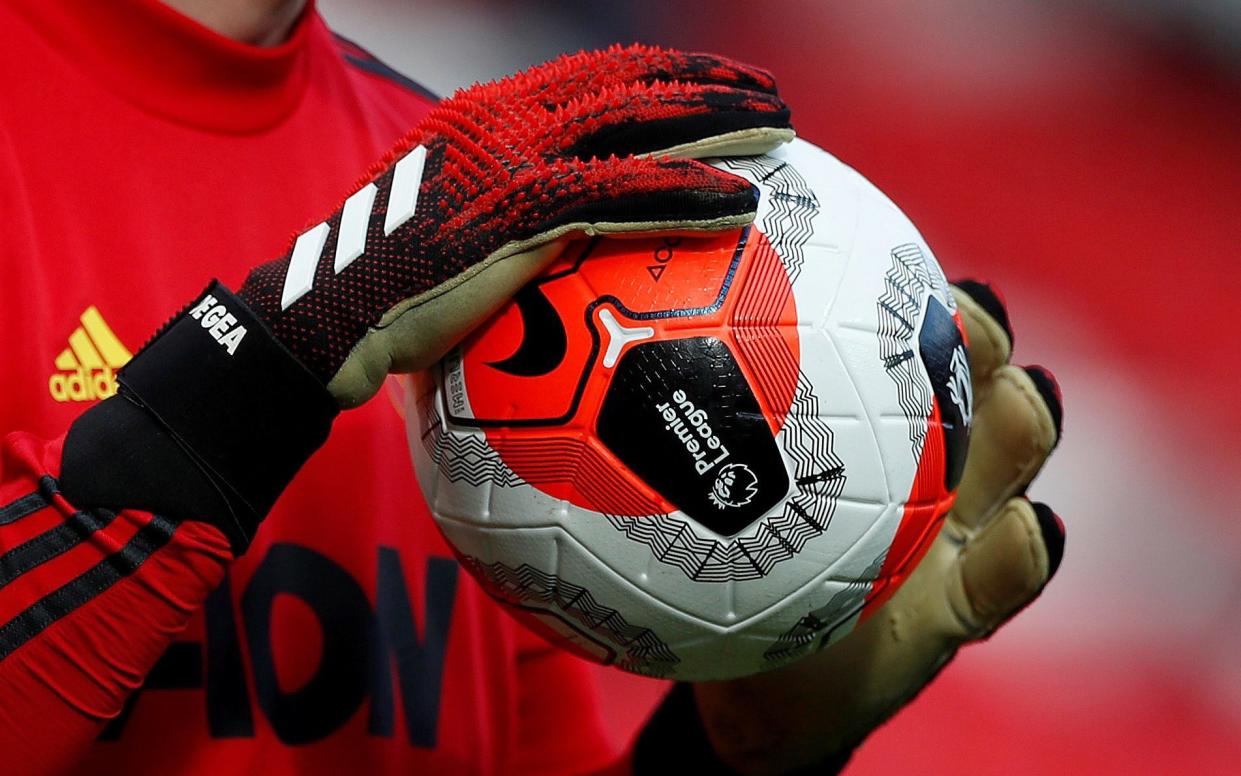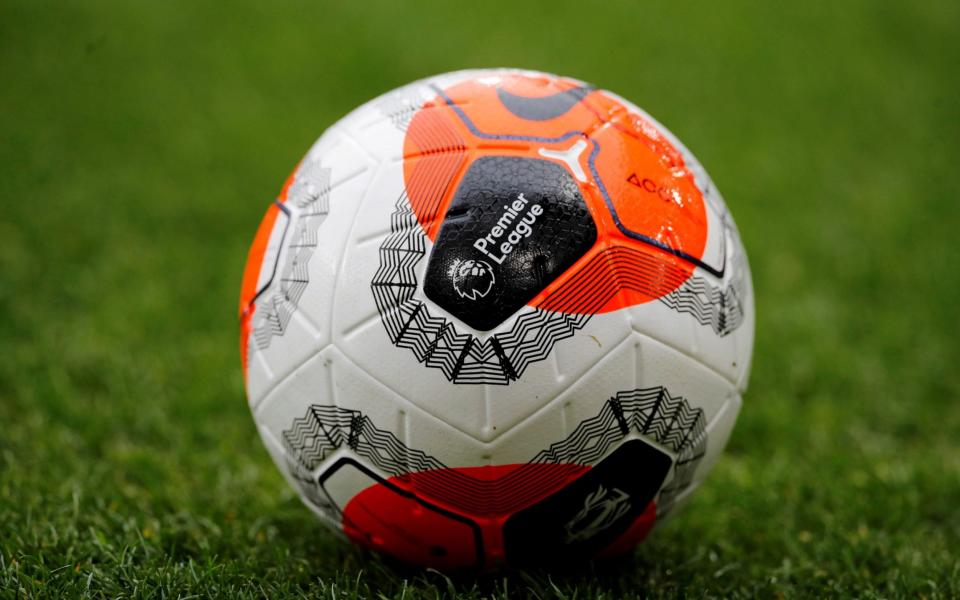Premier League clubs to operate colour-coded warning system in training

Premier League clubs will operate a colour-coded warning system to alert them if they are taking too high a risk in training during the next stage of ‘Project Restart’.
The 20 clubs will vote on Wednesday on Step Two of the protocols – “a return to team and contact training” – with the expectation that they will give the go-ahead allowing players to intensify their preparations ahead of the season resuming probably on either June 19 or June 26.
The detailed guidance, which includes analysis on pitch size and how much square metre of space is available to each player, has been prepared by the Premier League’s director of football Richard Garlick with three rounds of meetings on Tuesday, ahead of the vote, to also deal with the concerns of managers, captains and club doctors.
The rules build on the strict social distancing and hygiene measures which were agreed last week and which allowed the players to return to non-contact training, and include specific examples of the risk management that have to be take place to reduce the chances of contracting Covid-19.
Under the colour-coded points system red is regarded as “very high risk” with clubs urged to “reduce the potential incidence and severity of virus transmission”. It would be reached with a point total of more than 60. The next level down is amber, with a score of 50-60 points, which is “high risk” followed by “moderate risk” which is yellow (40-49 points) with low risk being classified as green (below 39 points).

The totals will be monitored by a “Covid-19 training and coaching co-ordinator” who will be appointed by the clubs and use a “risk guidance template” with all the information, including GPS data and videos of training sessions, being made available to the Premier League on demand.
Each activity during training will be given a score and there are a number of examples outlined in the 14-page document such as a simple warm-up involving 18 players that lasts for nine minutes and takes place over a large space. This only registers two points and is very low-risk.
At the other end of the scale is an attack versus defence exercise that involves 10 players against eight plus a goalkeeper and that lasts for 20 minutes and takes place on half a pitch. This has a score of 12 points and is, therefore, deemed a high-risk exercise.
A 10 vs 10, 20-minute practice match using the whole pitch, however, only scores four points and is a moderate risk as is an eight-minute passing drill involving three groups of six players in a smaller space. The aim is to have a mix of activities, scoring below 39 points, to ensure the overall risk is low.

During the first phase, training was limited to 75 minutes but now there will be no time limit and managers can train as long as they want to outdoors although there is a clear warning that “close contact” should be limited as much as possible.
This is in accordance with the Government’s guidance on “social distancing in the workplace (which) suggest that where close contact is essential, it should be kept to 15 minutes or less wherever possible”. Players should social distance as quickly as they can after every drill and there is an acceptance that it will be difficult for coaches to implement as they are urged to adapt their training approaches.
The document includes a number of other points including asking clubs to limit the number of throw-ins during training so players handle the ball as little as possible, keeping drinks breaks short and ensuring players only use their own personal bottles, bibs being handed out by someone wearing PPE gloves and not passed around by players, goalkeepers training away from the rest of the squad and all coaching equipment – including cones and mannequins – disinfected after each use.
Wednesday’s meeting will be followed by another crucial videoconference involving the 20 clubs on Thursday where a number of matters are on the agenda including the re-start date of the remaining 92 games, the scheduling of when they will be played and how the 45 matches not already selected to be broadcast will be shown on television including some which will be free-to-air and what changes will be made to coverage given all fixtures will be played behind closed doors.
Other issues on the lengthy agenda include the rebate for the broadcasters, with, as Telegraph Sport revealed last week, an extra £36million due every week beyond July 14 on top of the £330million already to be paid, whether neutral venues will be used – which seems increasingly unlikely – and the options should the season be curtailed.


